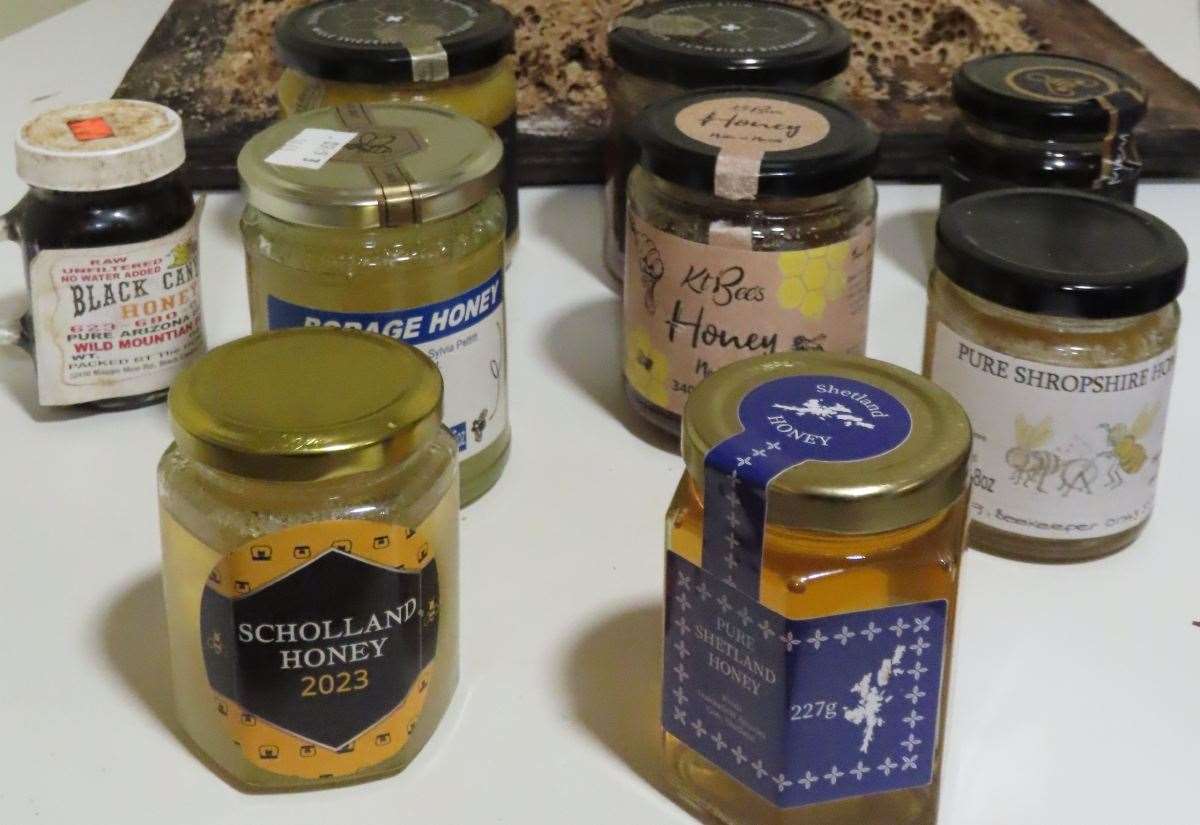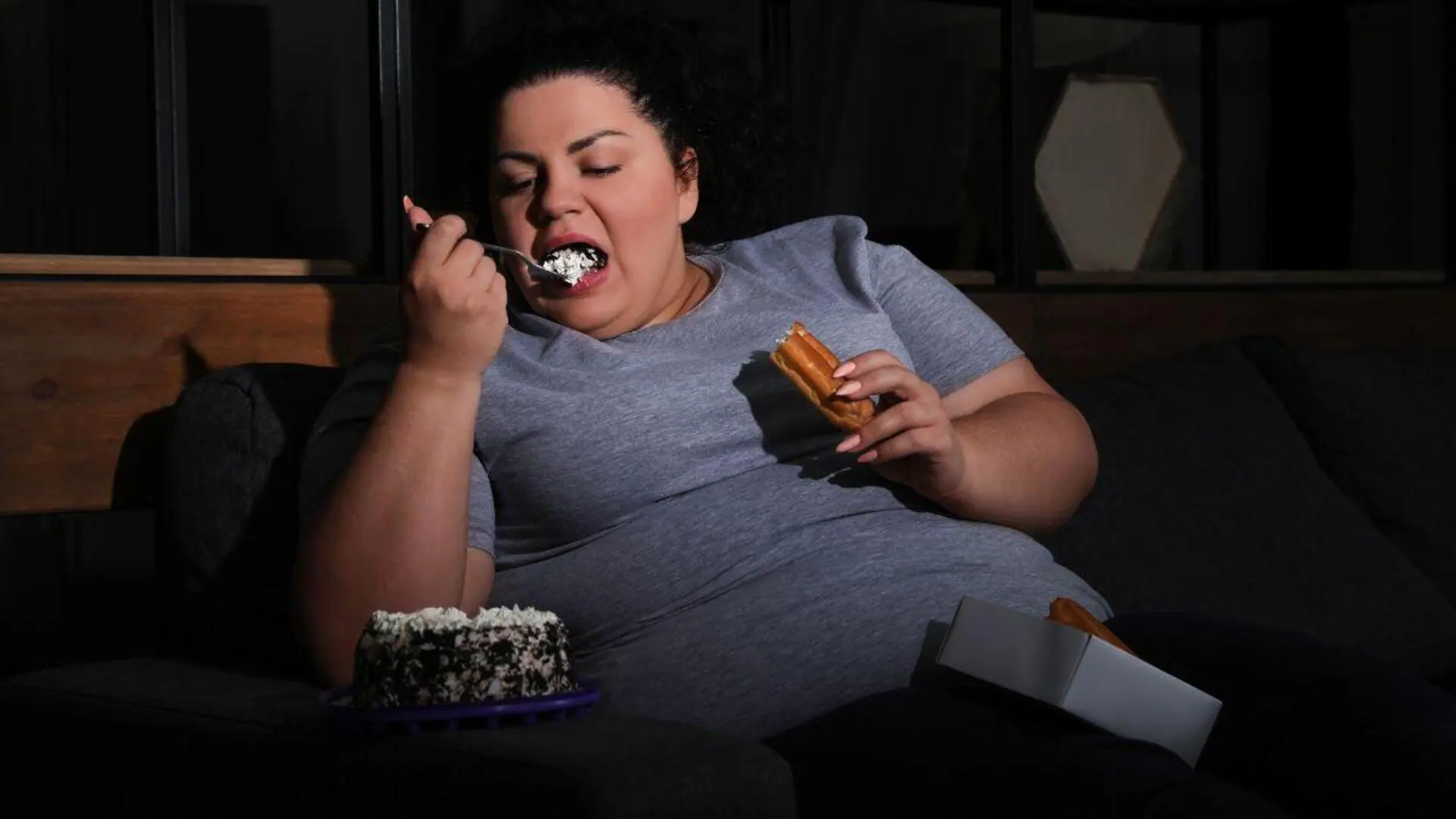Copyright shetlandtimes

When Shetland Greens councillor Alex Armitage attempted to survive on Shetland produce alone, the only sweet item he could find to eat was honey. The local delicacy is mainly produced by Angus Nicol of Frakkafield, whose house is nestled in Dale, outside Lerwick. Due to our exceptional summer, Mr Nicol has enjoyed his most successful year to date. The isles beekeeper is probably better known as the paddling proprietor of Frakkafield Garden Plants and Sea Kayak Shetland. He has been keeping bees (Apiculture) and producing honey for more than 30 years, working with with hives in various locations throughout the Shetland Mainland. Sitting down with him at his kitchen table, you soon appreciate the enthusiasm and knowledge he has for his subject. Firstly, he sets out some of the countless health applications of honey from the hives (no wonder Winnie the Pooh is so fond of it). It helps with skin issues, sore throats, toothache, arthritis, and has antibacterial and autoimmune properties. Has he had many stings? "Yeah, plenty," he says. He has all the protective clothing we associate with beekeeping. Over the years he has been striving to breed gentler bees. The biggest challenge, as you might expect, is the unreliable climate. Shetland is on the northern periphery of the breeding range of honey bees, but insulation of hives also helps. The queen has only between six and 24 days to mate successfully. And it must be above 16°C. Bees are very sensitive to temperature. One queen mates with boys (drones) and can be taken to various hives, laying between 1,000 and 2,000 eggs a day. Ling heather is the most important flowering plant for bees, rather than bell heather. Heather is strong in medical properties, and has been used to impregnate bandage dressings for burns and on wounds. The native British black bee is the species used in Shetland, quite rare and less prolific than some other species. Mr Nicol describes it as "Scottish in nature, in being cannie in it's behaviour". The broods are smaller, but it is a hardy bee. Much of the communication in the hive is by pheromones emitting from the bees. The hive is ruled by these, rather than the queen itself. To make wax, the bees gorge themselves with honey. Five pounds of honey produces half a pound of wax. It's a big investment by the bees - the wax is excellent for making candles. Angus first became interested in bees by reading a book as a bairn. Later a Simmons man from the West Side had advertised a hive, and this was how Mr Nicol got started. He reckons that honey may have been produced in some form or other for centuries in the isles. In Lerwick, Dr Cadenhead had bees at the bottom of Burgh Road. He took his hives over to Bressay in the summer. Honey is produced by a few others in Shetland today, as well as Mr Nicol - At Scholland, for example. June was not great weather for the bees this year, but the heather unusually flowered early in July. During the winter the bees are largely dormant and fed on stores augmented with white sugar, only occasionally venturing out to stretch their wings. Mr Nicol’s wife Wendy says they have five seasons at Frakkafield - spring, summer, sticky autumn and winter. The hive can be described as a "super organism", with all its parts working together as one. Mr Nicol shows me a "refractometer" - which measures the moisture content of the honey, using light. This is all part of verifying the quality. Then there commences teaspoon honey tasting - three varieties of his own honey, then samples from all over Europe, including one from dandelion flowers. There is even an American honey - Black Canyon, from pecan flowers. I wasn't sure about the one made from aphid sweat though, but it's high in minerals. Heading up the road from Frakkafeild with a jar of Shetland honey and definitely having had the sweet tastebuds tested, I was full of appreciation of the effort put in to producing honey in the far north. It's not a massive operation, but it washes its face, with Scoop its commercial outlet. Bees are also used commercially for pollinating various crops - this far exceeds the value of honey produced. And finally, the Varroa parasite, which is present now worldwide. It is a serious threat to the honey bee’s health, with vast sums of money, chemicals and effort spent trying to control it. So far Shetland and Orkney have kept clear of this by not importing bees from outside the isles. Do you want to respond to this article? If so, click here to submit your thoughts and they may be published in print.



